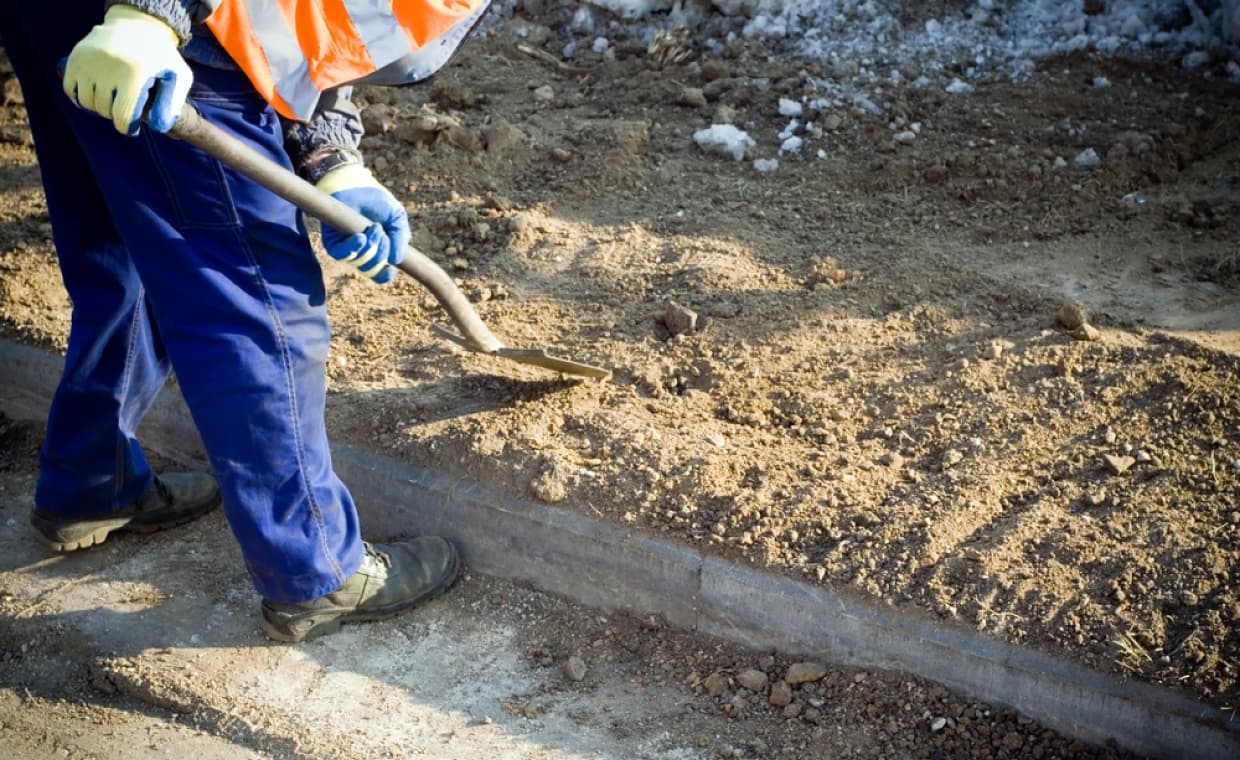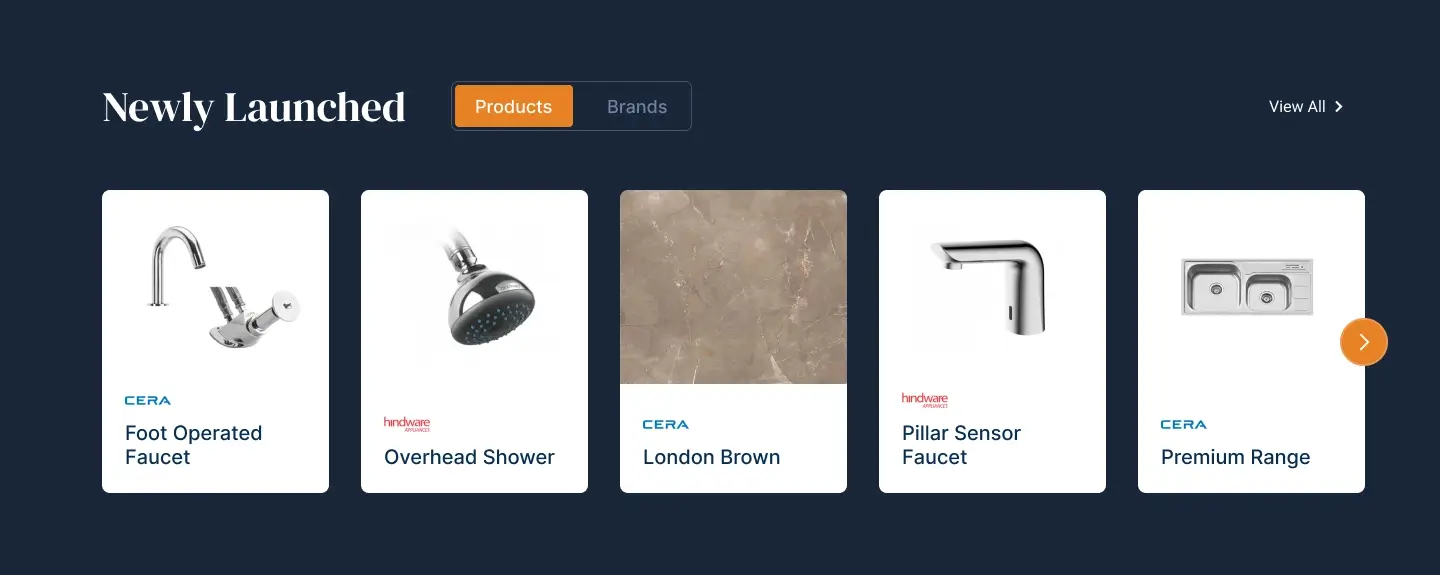
Table of Contents
Quick Review
- Excavation is often the only reliable solution for pipe failure or collapse.
- It involves precise digging to access and repair underground pipes.
- The first step toward safe excavation-based pipe repair is detailed site mapping.
- Next, crews establish a clean, controlled work area by removing all physical barriers.
- For water line excavation, cleanliness and control are critical to prevent cross-contamination.
- Sewer line excavation presents its own challenges like root intrusion, collapsed sections, and improper slope.
- Excavation work may also affect the underground utilities like sidewalks, driveways, and landscaping.
- DIY pipe excavation is a risky gamble, one misstep can lead to fines, injuries, or broken infrastructure.
- Excavation-based pipe repair is a major investment, and hiring a licensed plumbing contractor ensures safety and accountability.
- Excavation-based pipe repair is a major investment and a licensed, plumbing contractor will take the responsibility of your safety.
No reasonable homeowner would want to have their yard or driveway defaced. However, excavation work may be the only solution against pipe failure or collapse.
If repairs from excavation services in Hazleton, PA, cannot be avoided, knowing what to expect can help you protect both your property and your wallet. Here’s what homeowners should consider before starting excavation-based pipe repair.
What Is Pipe Excavation?

Pipe excavation involves digging into the ground to access, repair, or replace underground plumbing lines. Think of this approach as the polar opposite of trenchless methods, where excavation requires direct access to the pipe. This means digging is necessary. Sewer line excavation may also be the most effective option when accuracy and visibility matter most.
Planning and Mapping: Non-Negotiable First Steps
Professional crews must study the site before starting the project. Detailed mapping helps prevent damage to utilities and structures and ensures work stays on schedule and within budget. It’s also about the crew, homeowner, and the environment’s safety.
Best practices include:
- Using utility maps and locating tools
- Confirming permits and local dig-safe regulations
- Experts mark all utilities above and below ground
Clearing the Way and Creating Safe Zones

The site must be prepped once mapping is completed. That means removing physical barriers and establishing a clean, controlled work area. Any overlooked debris or unstable ground could put workers and your property at risk.
Crews also set up protective barriers to keep the work zone isolated. This prevents injuries and ensures the excavation is as contained and efficient as possible.
Water Line Excavation: Stop Cross-Contamination Before It Starts
When digging for water lines, cleanliness and control are key. One wrong move can expose your line to contaminated soil or nearby sewer pipes. Plumbers double-check depth, material quality, and water pressure to ensure a clean and safe repair.
“We always separate potable lines from waste systems during excavation,” says a licensed plumber. “Cross-contamination is one mistake no one can afford.”
Sewer Line Excavation: More Than Just Digging

Sewer lines have their own challenges. Tree roots often wrap around or puncture aging pipes. Sloping is another critical factor. If the angle is off, sewage won’t flow and backups can occur.
Contractors address:
- Root intrusion and surrounding vegetation
- Collapsed sections or corrosion
- Proper slope and connection points
Think Beyond the Pipes: What Else Is Underground?
Utility lines run beneath sidewalks, driveways, landscaping, and even beneath foundation slabs. Given their importance in daily tasks, a good excavation crew should know how to avoid costly collateral damage.
Experts can check where gas lines, electrical lines, and fiber cables are located so that they can avoid causing damage.
DIY Pipe Excavation? A Risky Gamble
Excavation involves many variables, including heavy equipment, deep trenches, utility risks, and permit requirements. One misstep can lead to fines, injuries, or broken infrastructure.
If reading about all the moving parts left your head in a whirl, leave this one to the pros. They have the training and insurance to do the job right.
Modern Tools: Excavation Isn’t Just Shovels Anymore

Advanced underground excavation work uses far more than picks and backhoes. Some repairs require vacuum excavation, trench boxes, or pipe-locating sensors. Others involve camera inspections to pinpoint the exact problem before digging even begins.
Also Read: Types of Excavation Equipment Used on Construction Sites
A Case Worth Remembering: Routine Repair, Major Save
In one routine dig, a plumber discovered a corroded pipe resting just inches from a gas line. It wasn’t marked on the map. Had they used power equipment without checking, the result could’ve been catastrophic.
This kind of story is why professional pipe excavation is worth every penny.
A Greener Dig: How to Minimize Environmental Impact
Despite the effectiveness of excavation, the trade-off is that it’s a highly disruptive process. Responsible crews use erosion barriers, soil separators, and debris control methods to protect soil, roots, and drainage. If you care about your landscape, don’t forget to ask what eco-friendly practices your contractor follows.
Understanding Your Quote: What’s in the Price?
Don’t be afraid to ask for itemized pricing. A professional estimate should clearly outline:
- Labor hours and crew size
- Equipment and material costs
- Permits, restoration, and cleanup
Excavation-based pipe repair is a major investment. By paying for this service, you’re also paying for precision, safety, and peace of mind. When you see water pooling in the yard or sewage backing up, don’t delay. Hire a pro. A licensed, experienced plumbing contractor will protect your property and everyone else involved.
Also Read: Excavation Hazards & Safety: Prevention Tips & Risks
Excavation-Based Pipe Repair FAQs
01. What is pipe excavation?
Pipe excavation is a process that involves digging into the ground to get direct access to and repair or replace underground plumbing lines.
02. Why should I hire professionals for excavation-based pipe repair?
Excavation involves heavy equipment, deep trenches, and hidden utilities. Professionals ensure safety, compliance, and durable repairs.
Q3. How do I know if excavation is better than trenchless repair?
Excavation is recommended when pipes are severely damaged, collapsed, or when precise access is necessary.
04. Why is a professional quote important?
A professional quote should provide itemized pricing that clearly outlines the costs for labor, equipment, materials, permits, and cleanup.
Q5. What should I look for in a contractor’s quote?
Check for labor hours, equipment costs, permits, cleanup, and restoration details. Transparent, itemized pricing helps avoid surprises.






























